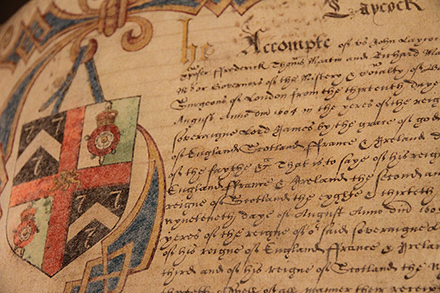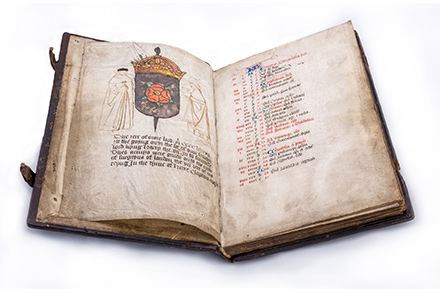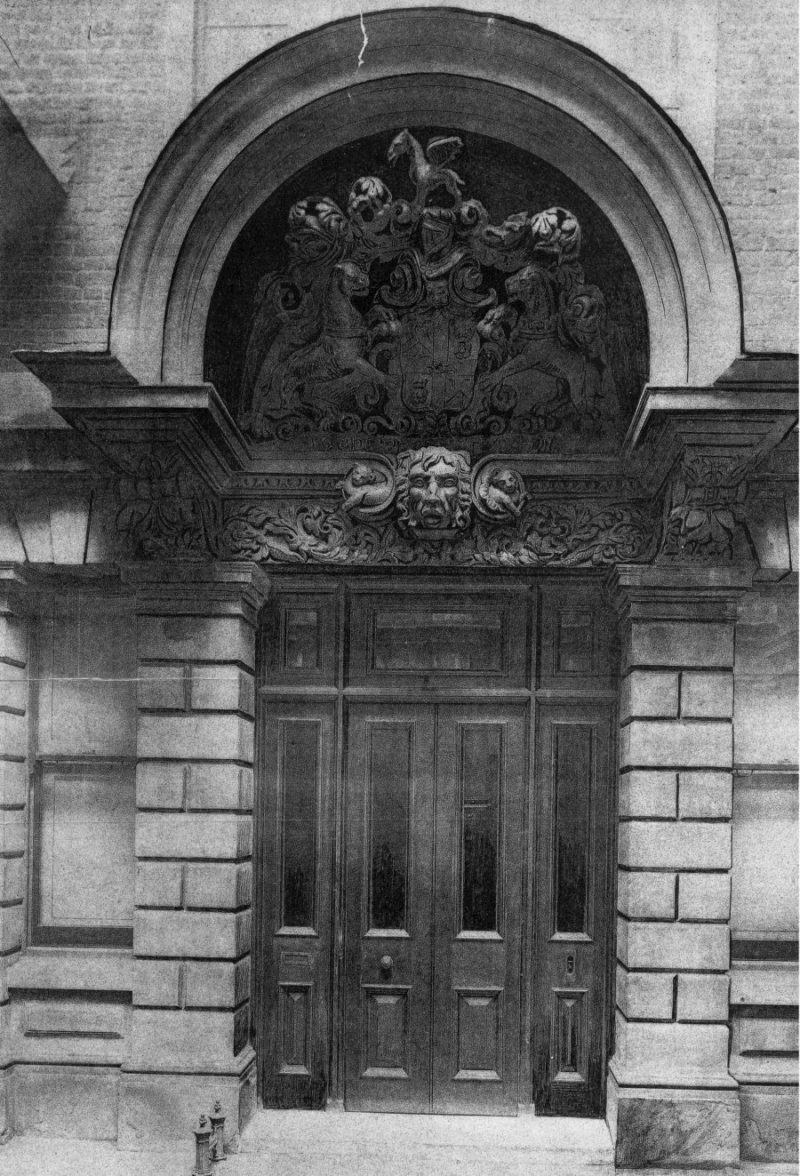While the Barbers’ Company looks toward the future, it is very proud of its 700+ year history. Throughout this time the Company has looked after the welfare and interests of barbers and surgeons, managed charitable activities and played a prominent role in London civic life, adapting to the challenges of changing times.
Any queries about the Company’s history, archive and current collections should be directed to the Archivist.
The origins of Guilds in medieval Europe date back at least to the twelfth century. People following the same craft or trade tended to live and work near one another and their common concerns led to the development of fraternities to regulate competition, maintain professional standards and to safeguard the spiritual and material welfare of their members. Within London, members of a particular guild could be identified by their distinctive ceremonial dress, or livery, and so these guilds became known as Livery Companies.

-
The first mention of the Barbers’ Company occurs in 1308 when Richard le Barbour was elected by the Court of Aldermen to keep order amongst his fellows. He was instructed to ‘make diligent search through the whole of his craft every month, and if he shall find any brothel keeper or other disreputable folk to the scandal of the craft, he shall detain them and cause them to be brought before the chamber.’ This Company also included surgeons amongst its number, the first recorded member appearing in 1312. Barbers and surgeons had overlapped in their duties for many years, largely because in the thirteenth century Pope Honorarius III had prohibited all persons in holy orders from practising medicine in any form. Thus barbers in the monasteries, already used to working with sharp blades, began to add minor surgical skills to their repertoire, which in due course were passed on to barbers elsewhere.
Within London a Guild or Fellowship of Surgeons, whose Ordinances were approved in 1435, developed alongside the Barbers’ Company. The Fellowship claimed the right to practise surgery which inevitably led to power struggles and disputes. This was temporarily resolved in 1462 when the Barbers’ Company was granted its first Royal Charter by Edward IV establishing its power to regulate the practice of surgery in London, to maintain professional standards and to stamp out impostors and charlatans.

The respective roles of barbers and surgeons in London were finally defined by an Act of Parliament in 1540 which created the Company of Barbers and Surgeons of London. The Act decreed that no surgeon was to perform the tasks of a barber, and vice versa, but both could continue to draw teeth. The Act of Parliament was most concerned with the professionalisation of the surgeons, granting the Company four bodies from Tyburn each year for the purpose of dissection for anatomical teaching. A grand painting by Holbein commemorates the union of 1540 and still hangs in Barber-Surgeons’ Hall.
The union of the Barbers and Surgeons was never easy to manage and the relationship continued uneasily for 200 years. In 1745, at the request of the surgeons, a Bill was finally passed and the Surgeons left the Company forming what eventually became the Royal College of Surgeons of England.
Prior to the separation the Company was gradually losing its association with barbery, a trend which accelerated after 1745. Although the membership was made up of many different professions, between 1745 and 1919 few surgeons were admitted to the Company. At the institution of the Thomas Vicary Lecture in 1919 the bonds between the Company and the Royal College of Surgeons were re-established and surgeons, including surgeons to the Royal Family and the Royal Household, have been regularly admitted to the Company ever since in memory of the past union.

